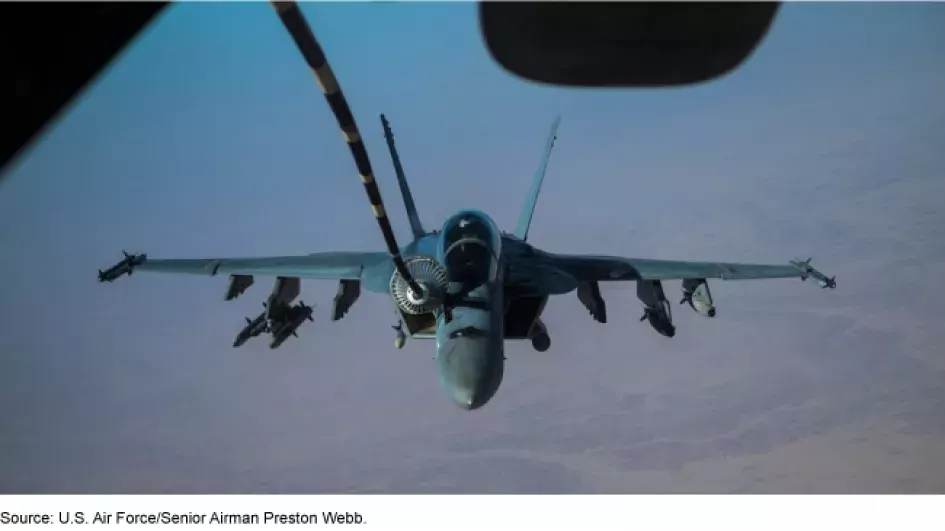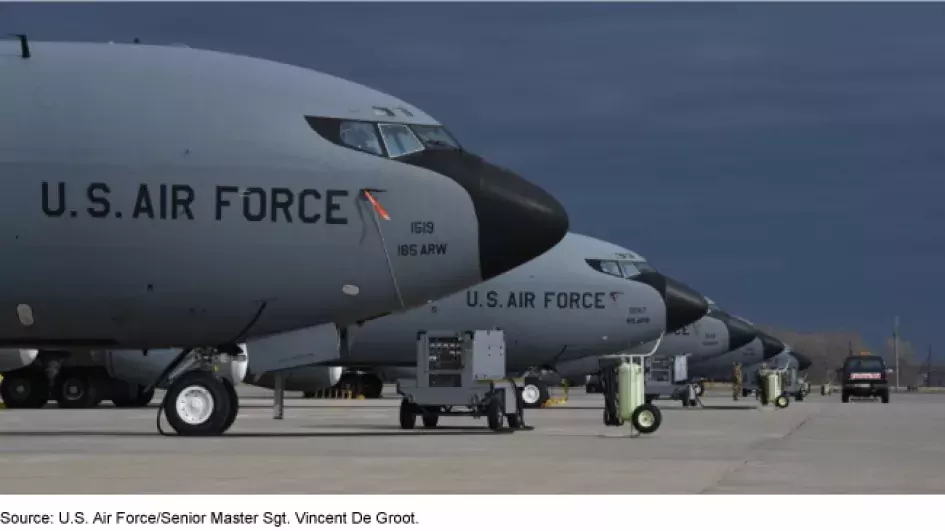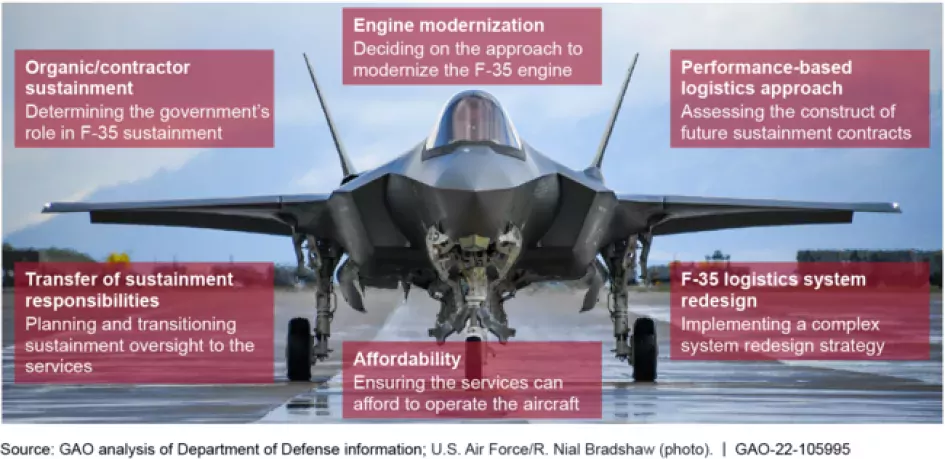For the U.S. Air Force’s 75th, We Look At Its Role In National Defense And How It Can Maintain Its Edge In the Aerial Battlefield
Sunday marks the 75th Anniversary of the U.S. Air Force. Established by the Department of Defense on September 18, 1947, the Air Force has played a critical role in our national defense and has also become integral to American air superiority with its fighter jets, bombers, and advanced technologies that will shape the battlefields to come.
In honor of the Air Force’s anniversary, today’s WatchBlog post looks at how the Air Force maintains that air superiority, including incorporating leading technologies, and our work on the challenges it could face in these efforts.
Image

Equipment maintenance and modern aircraft challenges
The Air Force spends tens of billions of dollars annually to maintain its weapon systems and ensure they are available to support today’s military operations and maintain the capability to meet future defense requirements.
The Air Force is built around an aerial fleet of fighter jets, bombers, refueling tankers, command and control aircraft, among others. But in a June report, we found that the Air Force has struggled for years to maintain its aging fleet because of lack of parts, maintenance delays, and other problems. In fiscal year 2021, only two of 22 Air Force aircraft met internal mission readiness goals.
Image

To help the Air Force address these issues, which impact national defense, we have identified trends in costs and some of the cost drivers—such as the size of their fleets and particular challenges associated with each aircraft.
We also found that the Air Force's efforts to maintain its fleet could be aided by further development of plans to address maintenance needs, including the risks of delaying maintenance and challenges in addressing needs quickly. Moreover, having a plan would provide Congress with a better understanding of current sustainment challenges, and what the Air Force needs to do in an effort to prevent further complications.
The F-35 fighter jet is here, but faces challenges
To help replace older aircraft and provide advanced capabilities, the F-35 was introduced as the newest fighter jet for the Air Force, Navy, and Marines Corps. It is one of the most modern weapons systems in the world, with stealth capabilities, advanced sensors, and computer network technologies, such as its Autonomic Logistics Information System.
But this technology comes with a hefty price tag. The F-35 is one of the most expensive aircraft for the Department of Defense (DOD) to sustain. We found that the estimated F-35 life-cycle sustainment costs since 2012 have increased steadily from $1.11 trillion to $1.27 trillion, despite current efforts to reduce existing sustainment costs.
The military services collectively face tens of billions of dollars in sustainment costs that they project will be unaffordable. For example, the Air Force needs to reduce estimated annual per-plane costs by $3.7 million (47%) by 2036, or costs in that year alone will be $4.4 billion more than it can afford.
GAO suggested that Congress, among other things, consider making future F-35 aircraft procurement decisions contingent on DOD’s progress in making the F-35 more affordable. In the National Defense Authorization Act for Fiscal Year 2022, Congress took steps to limit the quantity of F-35s procured by the military services beginning in fiscal year 2029 based on their ability to achieve affordability cost targets.
In April, we testified before Congress that the F-35 fleet's average mission capable rate—the percentage of time during which the F-35s can fly and perform at least one mission—were well below program goals. One major reason is that an increasing number of F-35s have not been able to fly because they don't have a working engine. We recommended that DOD should make changes to its F-35 engine sustainment strategy. In addition, we identified numerous uncertainties facing the future of F-35 sustainment that DOD must grapple with in the coming years.
Image

The flight path forward
The Air Force faces difficult decisions regarding how best to address continuing operational demands while preparing for future challenges. An important aspect of this is determining an appropriate balance between maintaining and upgrading and procuring weapon system platforms.
As it plans for the future, the Air Force will need to balance sustaining its existing force with its desire to grow and modernize. We have made recommendations related to readiness, force structure, sustainment and weapon system development, and procurement to the Air Force. DOD and the Air Force have agreed with and implemented some of these recommendations. Continued attention to these recommendations can assist and guide the Air Force moving forward for its next 75 years.
- Comments on GAO’s WatchBlog? Contact blog@gao.gov.





